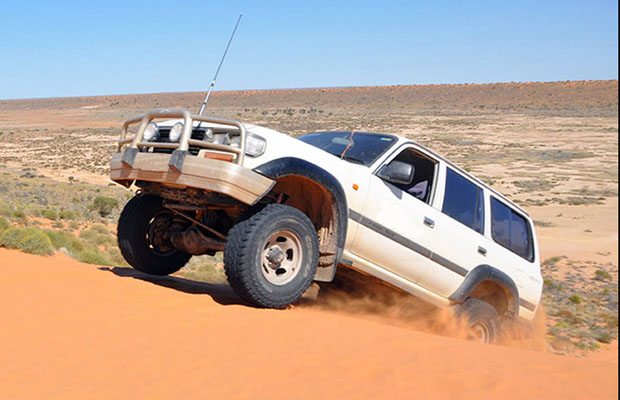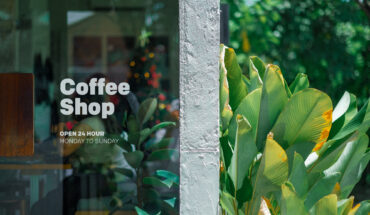
The Simpson Desert is known for occupying 176,500 kilometres of Central Australia. It is bounded to the western side by the Mabel Range and Finke River, to the east by the Diamantina and Georgina Rivers, to the north by the Adam Mountain Range, and to the south by the Lake Eyre. The average rainfall out here is less than approximately 200mm.
The Simpson Desert has acquired popularity as a travel destination probably because it contains the longest sand dunes in the world. The dunes vary in height and are held in position by vegetation. Nappanerica, also known as the Big Red, is the most famous dune out here. It is 40 metres high.
No properly maintained roads cross the Simpson Desert. There are tracks, however, that were constructed during the seismic surveys in the search for oil and gas during the 1970s. These include the QAA Line, the Rig Road, and the French Line. These tracks are navigable still and are safest in a 4wd tag-along group.
The following write-up specifies a twelve-day Simpson Desert itinerary. Please check it out in case you are planning on taking a trip out there.
Day 1
The adventure starts with the tourists gathering in the southwestern side of Queensland of Cunnamulla, which is located along the Warrego River. The welcome dinner is cooked outside over a fire. It provides an opportunity for everybody to interact with each other.
Day 2
The tourists move onto the west, where they admire the phenomenal Artesian Mud Baths. They then go to Thargomindah, which has its own hydroelectric power station. They camp the night beside the Wilson Waterhole. It is not far from the beautiful Noccundra Hotel.
Day 3
The tourists then admire the sunrise and are greeted by the breathtaking pelicans along with exceptionally vibrant birds. They then continue their journey westwards to see the grave of Robert O’ Hara Burke and of William John Wills.
Day 4
The tourists go to the largest sheep station of Australia. It is covered by almost 85,000 sheep. They visit the breathtaking shearing shed, which has been restored recently. It once had 120 shearers and was manufactured in the year 1885 from the materials transported by the camel train.
Day 5
The tourists go to the Birdsville town and set the camp at the Caravan Park of Birdsville. The town has almost 150 residents and is renowned for the Bid Red Bash Concert and horse races. During the afternoon, the tourists can relax by shopping.
Day 6
The tourists have a hearty breakfast at the famous hotel of Birdsville. They also decide to visit the Wirrari Information Center. There are plenty of scenic flights readily available for interested travellers. They do have to book the tickets in advance, though.
Day 7
In harsh environments, communities are the most welcoming aspect, so the tourists can mingle with the locals, ask them questions, and procure information about the exclusive traditions and cultures. The tourists cross the saltpans, dry lakes, gibber ironstone flats, etc. Please do keep your eyes open for wildlife such as dingoes and camels.
Day 8
The journey on the eighth day starts along the French Line. It got its name in the year 1963. There is a wide range of phenomenal sites, and the tourists can spend the pleasant evening around a crackling fire.
Day 9
The tourists visit the beautiful yet ancient ruins of the Dalhousie Homestead. It has hundred date palms rustling in the breeze. They also enjoy the Dalhousie Springs, a phenomenal oasis almost nowhere.
Day 10
The tourists stop at Bloods Creek. Here they can a refreshing beverage and purchase fuel prior to crossing the Northern Territory. The camp tonight will be under the magnificent starry sky.
Day 11
On the eleventh day, the tourists go to Finke, where the Desert Race is held every year. They take a short detour to the Lambert Center, which is the geographical hub of Australia.
Day 12
The tourists go to the Old Ghan railway through the beautiful scenery of sand, red dirt, mulga, spinifex, and desert oaks.
This twelve-day tour through the Simpson Desert is unfortunately not suitable for the camper trailers. All the 4wd vehicles must carry extra water and fuel. Other essentials include a satellite telephone, sand flag, handbook, and recovery gear such as shovel, sand track, snatch trap, etc.




